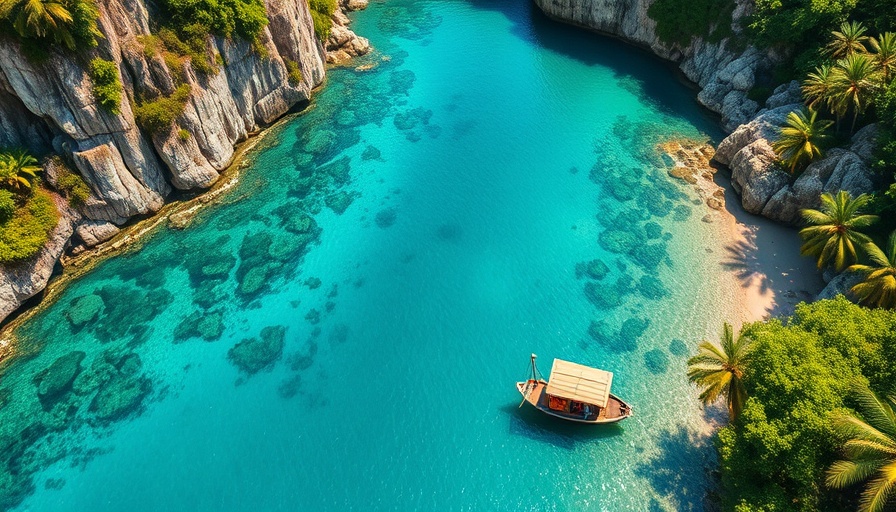
Discover the Heart of the Philippines through Slow Travel
When most people think of traveling in the Philippines, they might imagine sun-soaked beaches and bustling cities. However, true adventures await those willing to explore beyond the tourist hotspots. Slow travel, a philosophy that encourages deeper connections with local cultures and landscapes, is becoming increasingly popular in this rich archipelago.
Unforgettable Experiences Beyond the Ordinary
Imagine savoring homemade Filipino adobo or discovering the intricate beauty of 2,000-year-old rice terraces. The Philippines boasts over 7,000 islands, each offering unique experiences steeped in history and culture. Rather than sticking to the usual itinerary of Manila and Boracay, consider venturing to lesser-known locations that are equally mesmerizing.
Less Traveled Paths to Explore
Why not head to Siargao, the country’s surfing capital, where you can enjoy not only thrilling waves but also serene spots like Sugba Lagoon? Or perhaps your spirit yearns for the untouched natural beauty of Batanes, with its stunning rolling hills and picturesque stone houses reminiscent of the Scottish Highlands? Travel doesn’t just have to be about the destination; it’s the moments and stories that you gather along the way.
Engaging with Local Culture
Connecting with locals can profoundly change your travel experience. Dive into the vibrant world of regional festivities and open-air markets where everyday life unfolds. In Davao, for instance, you can sample the famed durian fruit while experiencing the thrill of spotting the Philippines’ endangered eagle.
Conclusion: Your Journey Awaits
The allure of slow travel in the Philippines lies in its ability to deepen your appreciation for the world around you. Each hidden gem, from the breathtaking vistas of Mindanao to the bustling trade routes of Cebu, beckons you to explore at a leisurely pace. So, pack your bags and embrace the journey of discovery—each experience is a chance to weave yourself into the rich tapestry that is Filipino culture.
 Add Row
Add Row  Add
Add 




Write A Comment